COVID Weighing Less And Less On The U.S. Job Market
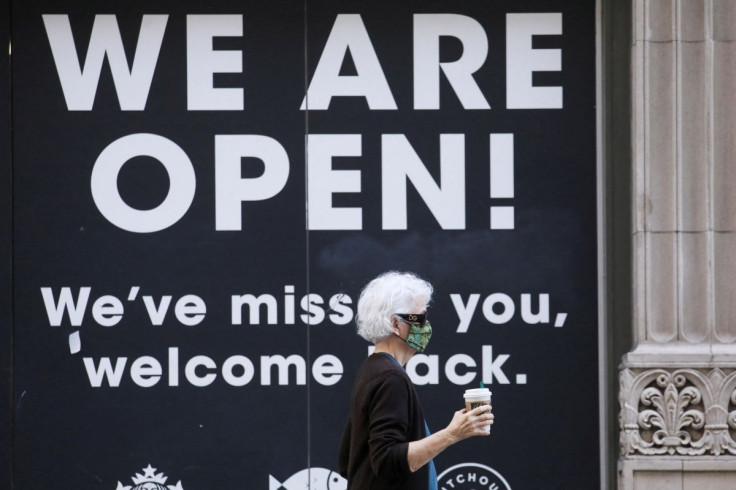
The coronavirus pandemic's grip on the U.S. job market notably loosened in March, two years after a state of emergency was declared, as the number of people homebound by COVID-19 concerns hit a new low and fewer people reported having to work remotely.
In all, the government's benchmark monthly nonfarm payrolls report out Friday showed that by several metrics - including the total number of unemployed dropping below 6 million and a 3.6% unemployment rate - the U.S. job market had all but recovered from the devastating hit delivered in the first two months of the pandemic when 22 million people were thrown out of work.
The main report and a supplemental survey illustrated the pandemic's rapidly waning restraint and dovetailed with recent health data showing the fewest new infections since July and hospitalizations over the last week averaging the lowest since the initial surge in March and April 2020.
"There are still challenges," Labor Secretary Marty Walsh said in an interview. But "you can almost feel the mood of the country changing."
Graphic: Prime-aged women in the workforce
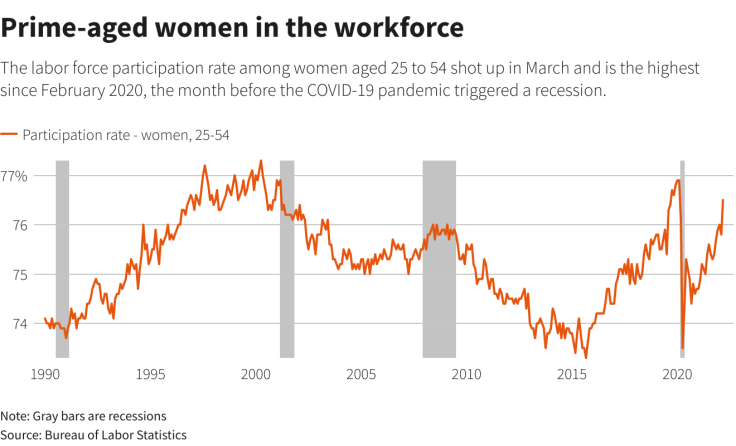
A litany of data points painted an employment picture redolent of February 2020, then heralded as one of the strongest job markets of the post-World War Two era. Among them:
* The workforce participation rate of women aged 25-54, which has experienced an uneven recovery, jumped by the most since June 2020, seven-tenths of a percentage point. Now at 76.5%, it is just four-tenths of a point from where it was before the pandemic.
* The broadest measure of unemployment also capturing those marginally attached to the workforce or working part time for economic reasons fell to 6.9%, below February 2020's level and a fraction from a record low.
* Overall employment climbed to just 1% below its pre-pandemic level, but minority groups have more than fully recovered: Total employment among Blacks, Hispanics and Asians now surpasses February 2020 levels.
Graphic: Employment recovery by race
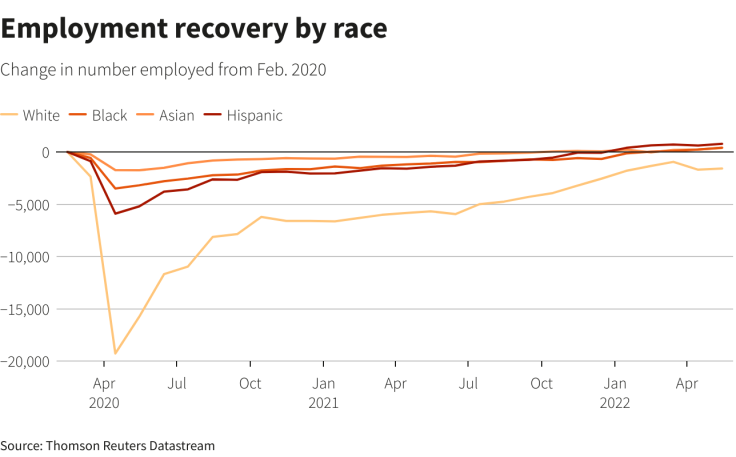
The report also showed the disease itself having its smallest impact on worker behavior since the pandemic began.
Just 874,000 people were reported to have not sought work in the previous four weeks because of COVID-19, down from 1.23 million in February and 1.81 million in January when the Omicron variant drove U.S. infections to a record.
In May 2020 - the first month the Bureau of Labor Statistics launched its supplemental survey on the pandemic's effects on the job market - some 9.7 million people had not looked for work because of the coronavirus outbreak.
"People feel more comfortable going back to work," Walsh said. "More people (are) shopping. Hospitality and leisure are really benefiting."
Graphic: COVID-19 kept fewer from seeking work
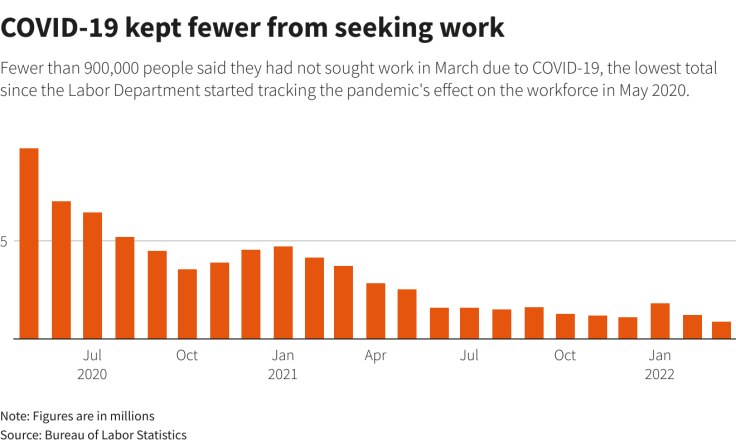
And just 10% of those people with a job said they either teleworked or worked from home because of COVID-19, a figure representing about 15.8 million workers. That is also a pandemic-era low and is roughly a third of the number reporting the need to work remotely in May 2020.
"I don't know what the new normal will be, but it is a good sign to get more people into the workforce," Walsh said. The challenge in coming months is that "we are going to start running out of people," a fact he said should make efforts to increase immigration a priority.
In conversations with employers "nobody has said to me that is a bad idea."
Graphic: Fewer were kept from the workplace by COVID-19
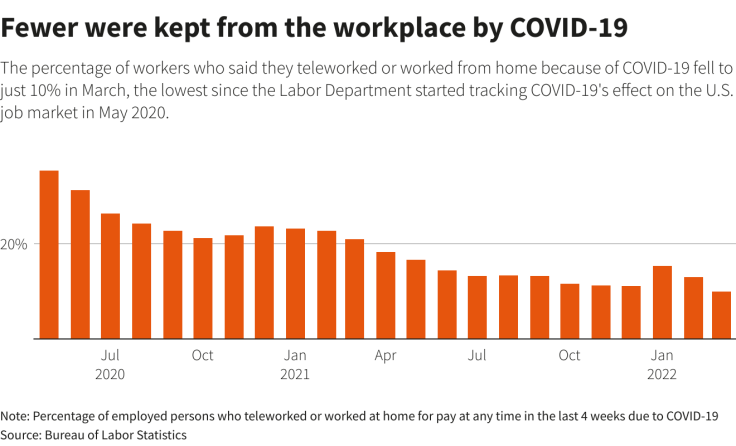
© Copyright Thomson Reuters 2024. All rights reserved.




















